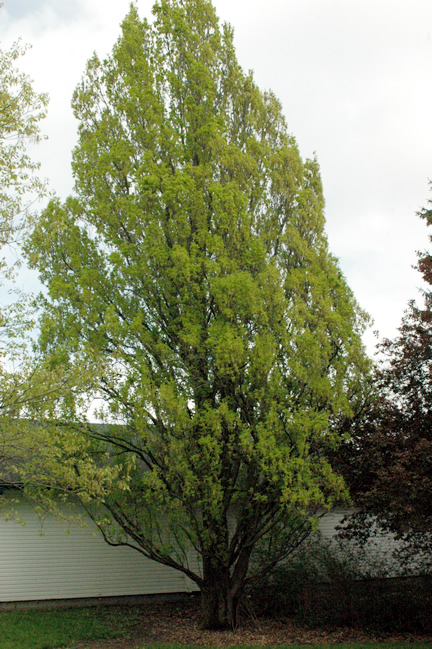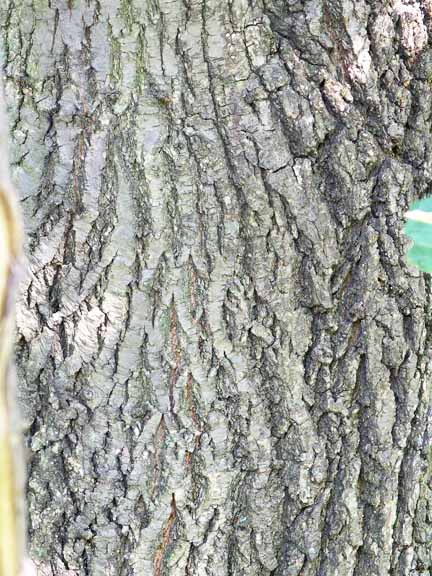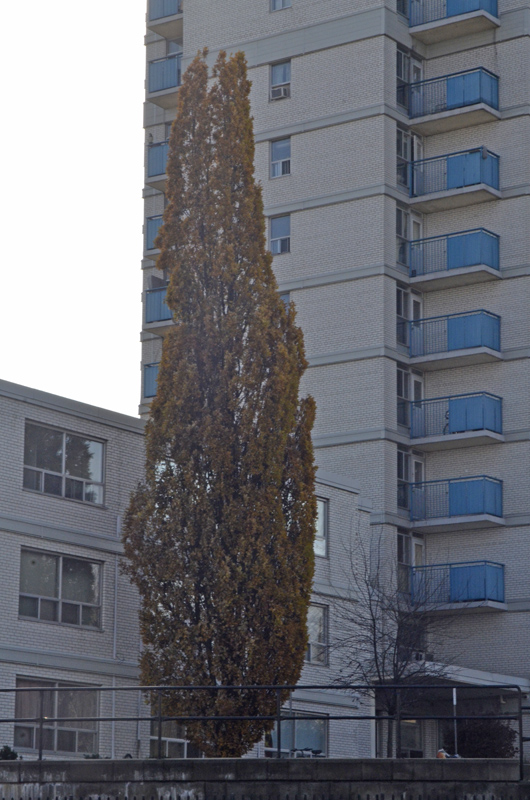
Woody > Quercus > Quercus robur > Quercus robur 'Fastigiata'
Quercus robur
'Fastigiata'
Pyramidal English Oak
Mike's
Opinion


"
There seems to be quite a bit of variability between specimens. Some plants are absolute rubbish while others are a delight. Look for trees that are tightly formed and that retain their leaves into the winter months. Since this tree has a habit of flopping apart with wet winter snows, caution should be excercised in looking for tight formed specimens. If the right plant is found (see picture) then you will have a first rate tree.
Michael Pascoe, NDP., ODH., CLT., MSc. (Plant Conservation)
"
| Family |
| Fagaceae |
| Genus |
| Quercus |
| Species |
| robur |
| Cultivar |
| 'Fastigiata' |
| Category |
| Woody |
| Type |
| Tree (deciduous) |
| Pronunciation |
| USDA Hardiness Zone |
| 4-9 |
| Height |
| 15 m |
| Spread |
| 3 m |
Photographs
Description and Growing Information
Flowering Period
| General Description |
| A frequently planted upright fastigiate tree, with light leaf colour and variable form. |
| Shape |
| Fastigiate or upright. |
| Growth |
| Medium |
| ID Characteristic |
| If acorns are present they will be longer than wide; noticeably so. The leaves will be many lobed, with regular rounded serrations. |
| Pests |
| Aphids and the associated sooty mould can be slightly disfiguring although seldom do they warrant control. More of a problem is inter-veinal chlorosis, caused by lack of iron related to high pH soils. |
| Habitat |
| Horticultural origin. |
| Bark/Stem Description |
| Lightly furrowed, indistinct light to dark grey colour. |
| Flower/Leaf Bud Description |
| Short, squat rounded buds with pronounced scales. |
| Leaf Description |
| The leaves will be many lobed, with regular rounded serrations. They will often be light green in colour, about 10cm long and 4 cm wide. Occasionally leaves may exhibit symptons of inter-veinal chlorosis. |
| Flower Description |
| Insignificant. |
| Fruit Description |
| If acorns are present they will be longer than wide; noticeably so. Light in colour they are almost oblong in shape. Not all planted selections produce fruit. |
| Colour Description |
| Autumn colour is insignificant, often a spotty sickly yellow colour. With those that retain leaves in the winter the landscape is enhanced by the dark beige colour of the leaves against a backdrop of snow. |
| Texture Description |
| If proper selection is undertaken then you would have a tight formed, broadly fastigiate tree of medium texture. |
| Notable Specimens |
| The University of Western Ontario, London, Ontario has one of the best plants I have seen, while Fanshawe College has some of the worst. The Niagara Parks Botanical Gardens also has some exceptional specimens. |
| Propagation |
| Usually grafted onto Quercus robur rootstock. |
References
Commonly available.


